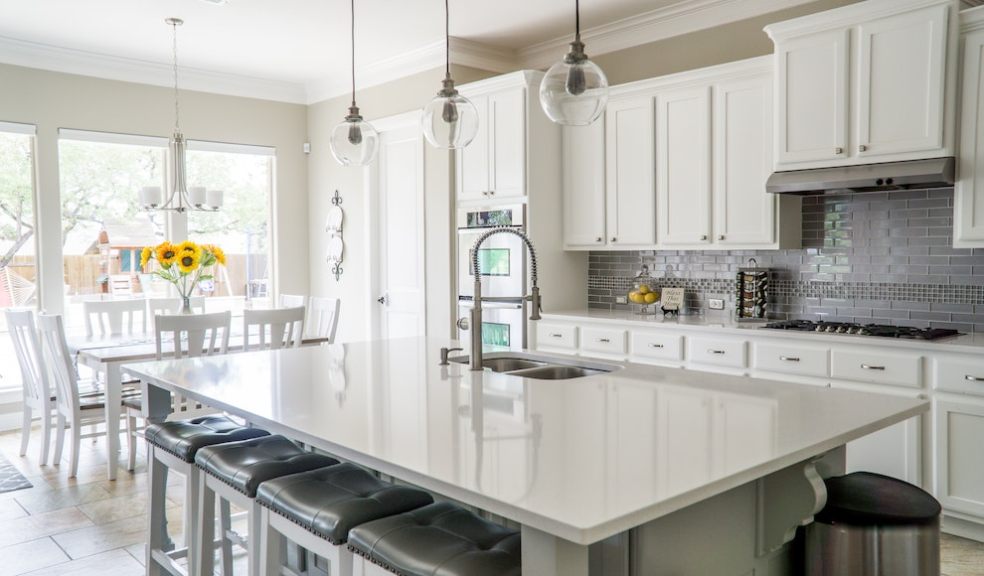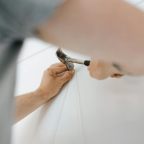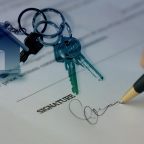
MDF vs HDF: Key Differences and Uses
What’s the difference between medium density fibreboard and high density fibreboard, and what should you use each for in your DIY home improvement? Here’s everything you need to know about the key differences between MDF and HDF.
MDF: The basics
MDF, also known as medium-density fibreboard, is a material made from compressing wood fibres, wax, and a resin adhesive under high heat and pressure. Made using hardwood and softwood shavings, this engineered wood product has a smooth surface that is good for painting on or can be bonded to a melamine face or wood veneer for aesthetic purposes. MDF is used in a variety of applications including construction, flooring, cladding, building cabinets or shelves, and even making furniture.
Advantages of MDF
Strong and durable
The consistent and dense nature of this engineered wood product makes it strong and durable – perfect for a wide range of applications such as cabinet making and carcassing, building shelves, and decorating your home with trims such as skirting boards and door frames.
Smooth surface is perfect for painting
MDF is highly versatile thanks to its smooth surface which can be easily painted to get the colour and finish you want.
Budget-friendly
MDF is a low-cost building material that is great for woodworkers and DIY-ers on a budget. It’s far cheaper than alternatives like solid wood or even plywood.
Resistant to temperature fluctuations
Unlike solid wood, MDF is very resistant to fluctuations in temperatures. This means it will not warp or shrink.
No knots or imperfections
Another benefit of MDF over solid wood is that it has no knots, grain, or other imperfections. This is important for two reasons: first, it helps your projects look consistent and smooth, and secondly it makes the material more structurally sound.
Easy to work with
Requiring no specialist tools, MDF is easy to work with using standard equipment. This means that it’s accessible to people of all skill levels.
Disadvantages of MDF
Not always moisture-resistant
Standard MDF is not resistant to moisture so it’s important to only use it in dry areas. Using MDF in a bathroom where it often becomes humid can lead to damage. Fortunately, there are a wide range of moisture-resistant MDF varieties available that are better suited to bathrooms and kitchens.
Needs painting or facing for display
For the best appearance, painting your MDF is a great way to elevate this versatile material to a stylish finish. Just remember to use a primer first to allow the paint to perfectly adhere to the material.
Requires safety precautions to be taken
When cutting and screwing MDF it’s important to wear adequate PPE to ensure you don’t breathe in the potentially harmful dust released. Always wear a dust mask and make sure to cover any furniture and surfaces when cutting MDF inside.
It can be scratched
Depending on how and where you use MDF sheets, scratches can be quite visible. A deep scratch will show up clearly against the smooth surface so make sure to choose a melamine-faced MDF for a more resilient surface when using this material in places where it’s likely to get damaged.
HDF: The basics
HDF or high-density fibreboard is made in the same way as MDF. The key difference between the two is that the wood fibres are compressed under more pressure to form HDF. This makes HDF denser and more durable, with a density of around 900kg/m3. Because of its hardness, HDF is also referred to as hardboard.
HDF is used in various applications including flooring, door skins
Advantages of HDF
Stronger than MDF
Due to the more densely packed wood fibres with wax and resin adhesive, HDF is stronger than MDF and is used in heavy-duty scenarios. It is a very durable and stable material that will last a long time.
Smooth surface
Like MDF, HDF has a consistent surface that is free from knots, grain, and other imperfections. This makes it an ideal material for projects that require a smooth and even surface, such as laminates or veneers.
Resistant to temperature fluctuations
Like MDF, HDF will not contract or expand with heat.
Disadvantages of HDF
Not water resistant
Like MDF, standard HDF is not resistant to moisture. This means that it is not suitable for use in damp or humid environments unless it is laminated.
More expensive
HDF tends to be more expensive than MDF, which makes it less budget-friendly for your project.
Harder to work with
The denser and therefore heavier nature of HDF means that it can be harder to work with for the solo DIY enthusiast.
MDF vs HDF: Which is best for your project?
The choice of whether to use MDF or HDF depends on the specific needs of your project and your budget.
In general, MDF is better for DIY woodworking projects such as building furniture or cabinets, as carcassing for load-bearing furniture, or for wall panelling or skirting. It’s relatively cheap and easy to work with, which makes this durable and versatile material a clear winner. HDF, on the other hand, tends to be slightly more expensive which makes it less popular with DIY hobbyists.
Looking to stock up on DIY materials for your next project? Head over to Cworkshop. Offering premium-quality MDF, plywood, MFC, and more at affordable prices, the London-based supplier can even cut your sheets to size before delivery.













